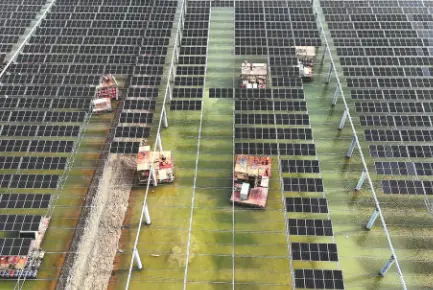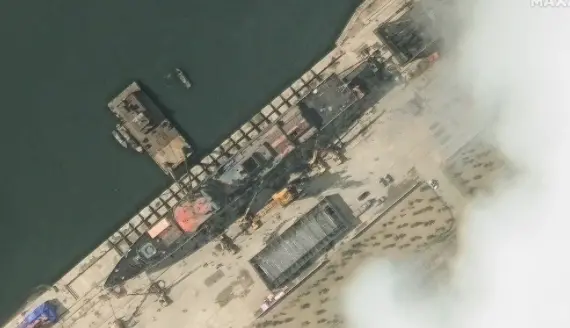A delegation from India and China deliberated on hydrological information sharing and emergency flood management of trans-border rivers during a two-day meeting in Hangzhou, capital of east China’s Zhejiang Province.
China and India agreed to share crucial data including water flow of the Yarlung Zangbo (Brahmaputra River) and Langqen Zangbo (Sutlej River) to prevent floods and related hydrological events.
Both countries have established Expert Level Mechanism (ELM) for active dialogue on the issue. Teerath Singh Mehra, Commissioner, India’s Ministry of Water Resources, India and Mr. Yu Xingjun, Consul, Department of International Cooperation Science and Technology, Ministry of Water Resources, China led the talks at 11th ELM in Hangzhou.
The Indian embassy in China in a press statement maintained meeting was held in a cordial and friendly atmosphere. Both sides reviewed the progress made since the earlier meetings of the ELM and their continued cooperation on the provision of hydrological information and emergency management in respect of trans-border rivers.
“They also reviewed the data utilization report upon provision of hydrological information provided by China to India in flood season on Brahmaputra and Sutlej Rivers.”
The hydrological data sharing is a critical component for managing floods unleashed almost every year by the Brahmaputra, in the lower riparian states in India. The annual flood affects millions of people in Assam, West Bengal, Bihar and eastern Uttar Pradesh.
Recently, mysterious blackening of the Siang River in India forced a section of Indian politicians to blame China. Ripun Bora, a senior politician, and member of India's upper house of Parliament, the Rajya Sabha, accused China's massive infrastructure construction near the river for turning the river’s water poisonous.
River experts after studying satellite images found a series of earthquakes, not infrastructure development by China. The seismic activity led to landslides forming of three natural lakes along the river’s upstream threatening inundation of villages downstream.
“This cooperation needs to be a regular affair since the dammed lakes still exist. Without constant monitoring and sharing of information, it will be challenging to be prepared for any future disaster,” Anirban Datta-Roy, a doctoral student, and Chintan Seth, two researchers who ascertained the cause behind the pollution of the Siang River told CGTN Digital.
China and India established the institutional mechanism of the ELM in 2006 to discuss various issues related to trans-border rivers.
(CGTN)
 简体中文
简体中文










